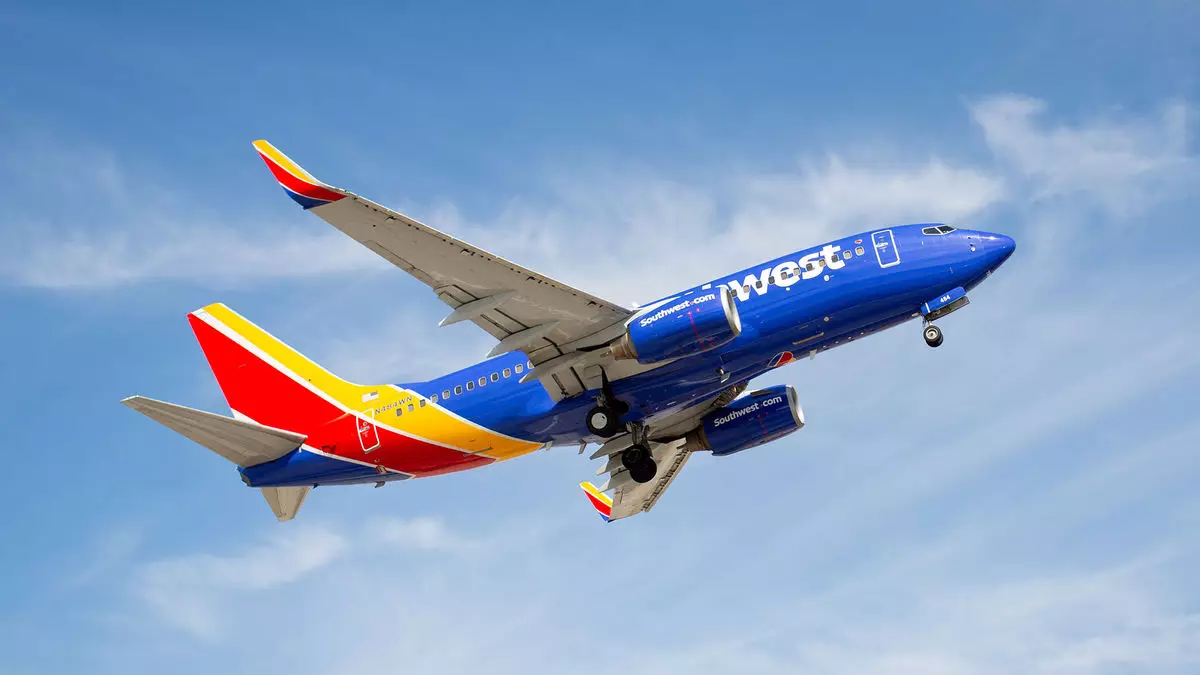In a significant move towards modernizing its services, Southwest Airlines is enhancing its New Distribution Capability (NDC) to facilitate the sale of new offerings, including extra-legroom and assigned seating. During a recent webinar conducted on February 6, company leaders Aileen Furlong and Andrew Watterson elaborated on how NDC serves as a crucial technological advancement that will support the airline’s ambitions in distribution. This initiative reflects an evolving strategy that aims to cater to a shifting passenger demand while maintaining Southwest’s hallmark of customer friendliness.
NDC is fundamentally designed to allow airlines to offer customized services and product bundles through Global Distribution Systems (GDS). Contrary to speculation, Southwest has clarified that their approach is not about creating exclusive content but rather about enhancing the overall booking experience. Watterson emphasized that this is “a technical enhancement,” challenging the notion that such changes could alienate customers or disrupt existing service levels. The airline is adamant that it is not intending to pull back on its well-received policies like free checked baggage or open seating; rather, it aims to offer more choices, aligning with customer preferences that are increasingly leaning towards personalized travel options.
Starting this year, Southwest plans to roll out the ability to book assigned and extra-legroom seats with flights set to kick off sometime in 2026. This marks a critical pivot away from the airline’s traditional open-seating approach, reflecting broader trends in the industry. Importantly, the airline’s current GDS usage is limited mostly to corporate bookings, leaving leisure sales to thrive through its proprietary booking tools and direct connections with Travel Management Companies (TMCs). This indicates a strategic calibration aimed at creating a well-rounded booking framework that can appeal to various customer segments.
Southwest’s focus on integrating NDC is inherently linked to its ongoing technology modernization efforts. As articulated by Furlong, the commitment to advancing technology stems from the recognition of the vital need for adaptations in customer engagement channels, including GDSs. The timeline for complete implementation of this NDC-enabled booking process, however, remains undetermined. According to Watterson, successful deployment hinges on the airline’s ability to swiftly implement technological improvements necessary for reserved seating. This reflects the airline’s pragmatic approach in ensuring that enhancements meet operational capabilities while also aligning with passenger expectation.
As Southwest Airlines transitions towards a more sophisticated booking structure, it illustrates a keen awareness of industry trends and customer preferences. The integration of NDC signifies not only a shift in operational capability but also a response to the evolving expectations of travelers. With promises of further updates throughout the year, the airline is poised to maintain transparency while adapting to the demands of the modern travel landscape. Ultimately, Southwest aims to retain its core values of accessibility and customer service while evolving its offerings to meet a diverse range of passenger needs.

